Are you looking to create a mobile phone application with MEAN Stack? Then you're fortunate! You're in luck! MEAN Stack development (MongoDB, ExpressJS, AngularJS, and NodeJS) is a robust and flexible tech stack that has taken the mobile application development market to the forefront. Most developers are using MEAN Stack to build this, which is a testament to its popularity and effectiveness.
This blog will explore the pros and cons, offer helpful tips, and discuss the lessons gained from real-world success stories.
Learn how MEAN Stack could be your secret weapon to create engaging and practical mobile applications. Let's get MEAN in mobile app development and begin an exciting coding journey!
What is MEAN Stack?
MEAN Stack refers to the technologies used for developing dynamic web apps. Tech giants that use MEAN Stack development are Upwork, PayPal, Fiverr, etc. The core technologies of MEAN Stack include:
MongoDB:
MongoDB refers to the NoSQL database system that can collect data in a JSON-like flexible format known as BSON. It has a schema-less nature that helps developers work with several data types. MongoDB is an excellent choice for managing complex and large datasets. High scalability and quick integration with Node.js make this database essential for MEAN stack development.
Express.js:
Express.js is the Node.js web app framework known for its high flexibility. It provides various functions and features suitable for mobile and web apps. Express.js can efficiently make it easier to develop robust and reliable server-side applications. Its lightweight design makes the framework perfect for developing custom web apps. It acts as a backend for an application on the web that allows seamless communication with any frontend component.
Angular:
Created in collaboration with Google, Angular is a powerful frontend framework widely used to build fluid SPAs or single-page applications with extensible and modular code structures.
Angular's huge pre-built component library, dependency injection, and two-way data binding make this framework an excellent choice for responsive and interactive user interface development.
Node.js:
Node.js refers to the JavaScript runtime designed with the V8 JavaScript engine. It helps developers execute JavaScript codes and build an event-centric architecture. As the backbone of MEAN stack development, Node.js seamlessly connects frontend and backend components. Moreover, it improves the application's overall performance by managing concurrent requests.
Note: As of 2024, 42.65% of developers use the Node.js framework for web app development.
When to Choose MEAN Stack?
Choosing any technology stack for web app development usually depends on business objectives, project requirements, team expertise, etc. MEAN Stack is beneficial due to the following reasons:
JavaScript Development:
If you are looking for a unified environment where frontend and backend development are both written in JavaScript, MEAN Stack will be the perfect choice. It enables developers to leverage a single language throughout the development process, leading to streamlined development and reduced context switching.
Rapid Prototyping:
MEAN Stack development is ideal for rapid prototyping and iterative design procedures. The simplicity and reusability of Angular, Express.js, and Node.js allow MEAN stack builders to create and build applications rapidly.
Real-time Applications:
MEAN Stack is a great choice for creating real-time apps that require seamless communication and immediate information updates. Node.js's event-driven design allows for managing many concurrent connections in a streamlined method, making it ideal for creating applications like collaboration tools, interactive dashboards, and chat applications.
Startups & SMBs:
MEAN Stack provides cost-effective solutions for small and medium-sized businesses with limited capital. The ample city support and open-source nature of MEAN Stack are highly accessible for companies with many money applications without spending massive amounts of money.
Single-page Applications:
MEAN Stack is the best solution for developing one-page apps (SPAs) that provide a high-quality, immersive experience with a smooth user interface.
Angular's robust features, such as component-based architecture, two-way data binding, and dependency injection, streamline the development process of complex applications with rich UIs.
Advantages of MEAN Stack
We will discuss some of the advantages of the MEAN stack, summarize its potential, and help developers understand why they should use it on their mobile apps and websites.
MEAN Authorize Isomorphic Coding:
Isomorphic coding authorizes running code written within one framework on other frameworks without much alteration to the original code. Moving the code to another framework written in one particular framework is made easier with the help of the MEAN stack. MEAN allows transferring the code between frameworks. This is where MEAN stack development is ahead of the rest of the development pack.
MEAN uses JSON Everywhere:
Both the AngularJS and Node.js frameworks use JSON (Javascript Object Notation). The MEAN stack uses JSON as the format for data exchange on all the layers. So, there is no need to use libraries to convert data during client-side and server-side interactions. At JPLoft, we frequently render MEAN Stack development services across app and web development projects.
MEAN is Open Source and Cloud Compatible:
All MEAN stack technologies are open source and available for free. This lowers development costs and helps development procedures by using useful libraries and public repositories available for free on the web. At JPLoft, we ask that our repositories and libraries be developed and maintained under the direction of a competent workforce. Our experienced MEAN Stack developers significantly contribute to that knowledge resource.
If your project requires implementing cloud services within the mobile app, MongoDB is a great option. MongoDB was built specifically to make it easy to host web applications on the cloud. It also facilitates tasks like testing and maintenance.
MEAN is Cost effective:
Developing web apps with the MEAN stack requires experts in JavaScript, whereas the LAMP stack requires MySQL, JavaScript, and PHP experts. The LAMP stack uses one language throughout, which means that a company does not have to hire MEAN stack developers.
Faster Speed and Usability
All the MEAN technologies are faster and more usable. Node.js is quick and ascendable because of its non-blocking architecture. Angular.js is an open-source JavaScript framework that provides maintenance, testability, and reusability.
Use of JavaScript throughout the Project makes the code Isomorphic
MEAN permits us to transfer between different frameworks. If we write code in a specific framework and then decide to shift it to another, it can be done effortlessly and function the same way. Javascript is one of the most popular languages in the world and has numerous advantages. If you write code for Node and decide it's better placed in AngularJS, you can quickly move it over. This is the reason why MEAN-based web apps are flexible in their code.
Easy Switch Between Client & Server
MEAN is simple and fast because everything is written in one language. As a result, it is easy to switch between client and server.
Single Language Development
The most obvious benefit is that the complete development code will be written in JavaScript. This would be a blessing for developers who have invested their time and money in learning the language from scratch.
Time-Saving
MEAN is the way to go when you need to develop an application within limited timelines. It has an infinite set of module libraries for Node.js that are ready for use. It gives you more time to polish your project to perfection. Apart from this technology saving time, it results in the development of quality world-class applications.
Ease to Learn
It is easy to learn and flexible to grasp, understand, and implement during development.
Disadvantages of MEAN Stack Development
However, there are certain disadvantages to MEAN stack web development. Some of them are:
Possibility of Losing Records
There is a claim that MongoDB is strongly consistent. However, this could change sometimes. Whenever network partitioning occurs, mainly in heavy load scenarios, there is a significant chance that you will lose records that have been successfully written by MongoDB.
Bad Isolation of Server from the App's Business Logic
Express.js certainly has poor isolation of the server from the entire business logic, and it prevents the usage of certain services, such as batching operations. You must go through the entire Express middle chain for internal jobs, which can be quite bothersome.
Unable to beat Relational Database
Compared to relational databases, the MEAN stack provides a different level of functionality. Relational databases remain the first choice for big companies like Google and Facebook since they are stable and
Absence of Widespread Support
An experienced MEAN Stack website developer, in general, will agree that MEAN works quite well and is helpful in terms of ease of frontend and backend development of applications. However, Apache, Linux, Perl, PHP, Python, MySQL, and Ruby have been around for quite some time, and there are undoubtedly endless sources to find different ways to tweak them to the requirements of your application.
Security Issues
Even with Google providing the framework and the runtime environment for the MEAN, the stack still needs to be considered safer from the data security standpoint. You will undoubtedly find experienced and expert developers who might disagree with this statement. However, the fact remains that the oldest core software within the particular architecture is just a decade old at best, meaning MEAN will undoubtedly be a significant target for hackers looking to take complete advantage of its relative youth.
MEAN Stack and Its Applications:
Here are some companies that are already using MEAN Stack in their apps.
The Weather Channel
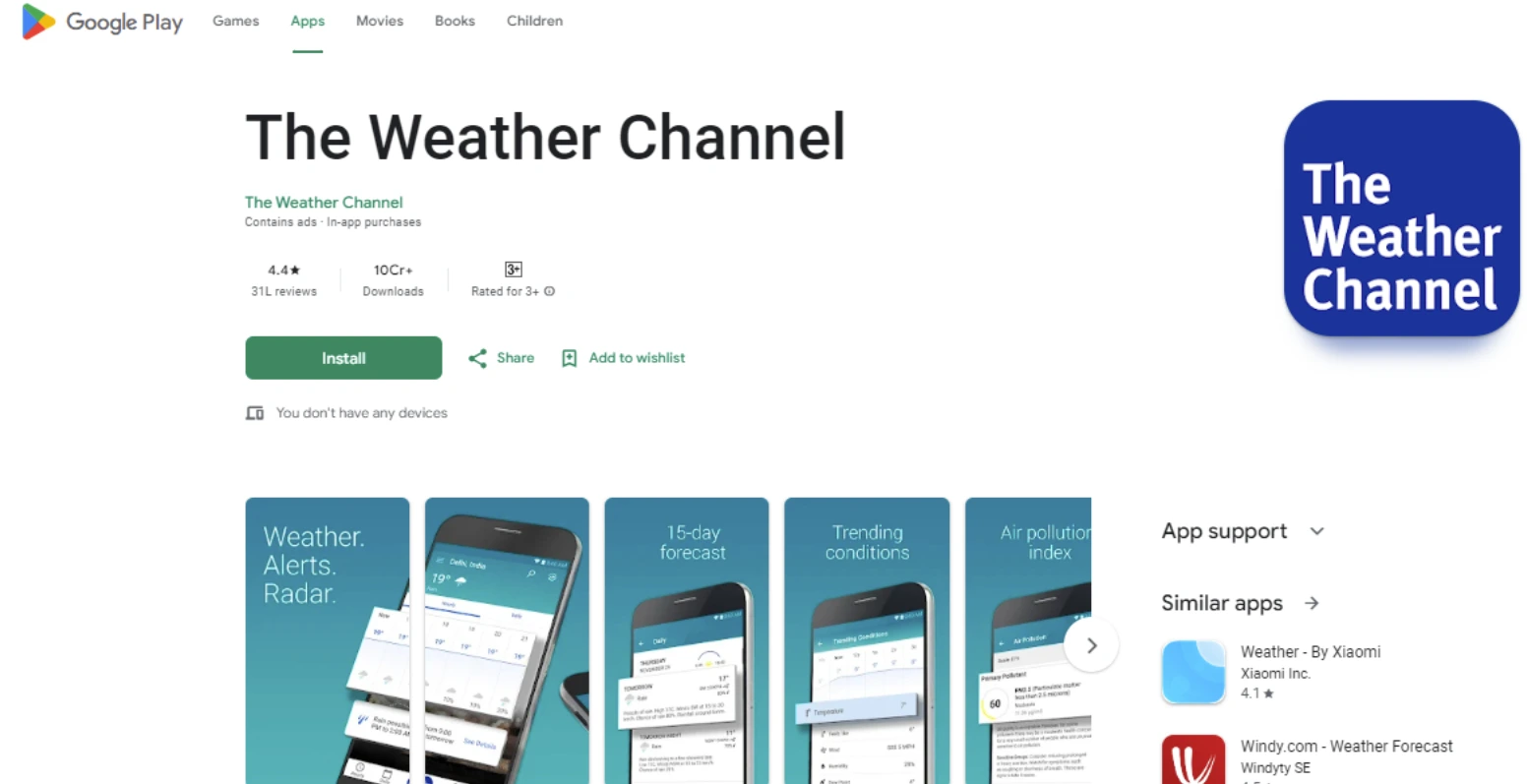
The Weather Channel also operates on weather.com. It heavily depends on MEAN components to run the website and application smoothly.
They used the RDBMS database earlier but faced several issues with significant clients. That is when MongoDB stepped in, and the issues that would have taken weeks to solve were effortlessly solved within hours.
MongoDB helped build its mobile application that serves over 40 million users. The Weather Channel also uses MongoDB's scheme and MapReduce for live analytics and forecasts based on the data.
MongoDB helped The WeatherChannel gain an advantage over its competitors.
The Weather Channel also depends on AngularJS for simple weather forecasts and performance. As it provides global forecasts through the site, it uses AngularJS for various themes that change according to the areas and regions.
PayPal:
.webp)
PayPal is an intelligent money transfer application that uses AngularJS and NodeJS for smoother, more accessible transactions.
PayPal has more than 325 million active users and heavily uses AngularJS to style the components and handle the payment flow.
It uses AngularJS to create classes and unique HTML elements for safe transactions.
PayPal was initially developed with HTML, CSS, and Javascript for the client and server side. Now, it uses both front-end and back-end developers to work with AngularJS and NodeJS.
According to The Paypal Engineering Blog, "Node.js helps us solve this by enabling both the browser and server applications to be written in JavaScript. It unifies our engineering specialties into one team, which allows us to understand and react to our users' needs at any level in the technology stack."
Both MEAN Stack components have provided PayPal with efficient development, high speed, user convenience, and enhanced performance.
Netflix

Netflix is a popular streaming service platform that depends on MEAN components. AngularJS helps the streaming platform create a variety of animations.
Netflix was built on Java on the backend and JS on the front end. However, it seemed difficult to manage the different programming languages.
So, to prevent delay in the development process, they opted for the universal language JavaScript. This combined the front and backend under one programming language, enhancing performance and speed.
Netflix uses AngularJS to create various themes for its dynamic user base. It makes most of its revenue from paid customers, and it has over 203 million paid subscribers.
Node.js has allowed the streaming service to endure large data loads and helped boost user experience.
With MEAN components, Netflix has developed a large user base and allowed its developers to easily make necessary changes to the web application. As both AngularJS and Node.JS are open-sourced, the process becomes easier.
Gmail
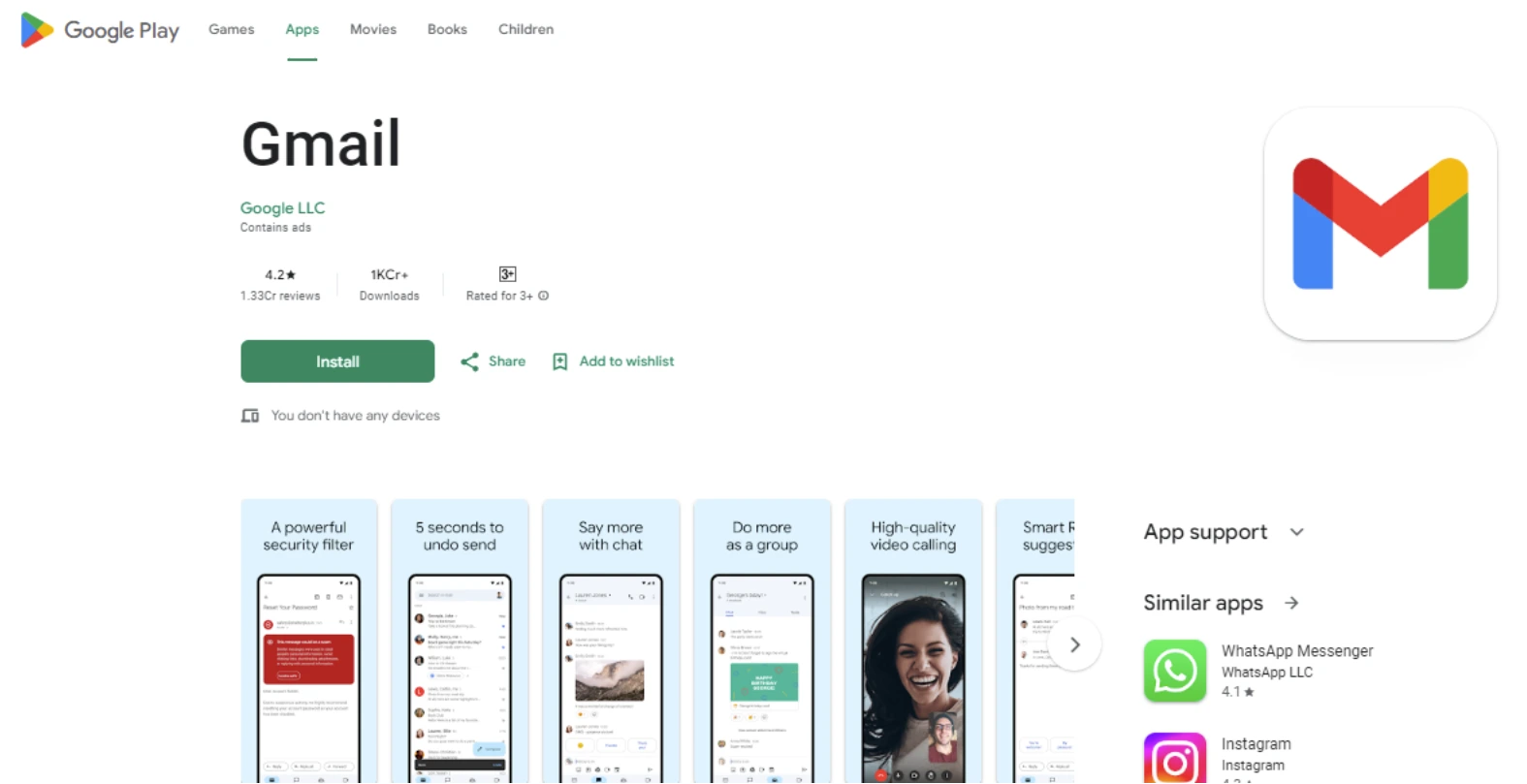
Google backs AngularJS as the ultimate solution for building fast and scalable web apps and encourages developers to utilize the Angular framework for developing user interfaces.
Gmail is a classic SPA built with AngularJS. It loads the browser for a single HTML page and uniquely updates it.
The MEAN component makes it easier for mail application users to read and compose emails. AngularJS makes the features easily accessible on a single web page.
Automatic Data Processing

Automatic Data Processing provides solutions for human resource management and largely depends on heavy datasets. It has over 41000 clients and 1 million end-users.
The application manages critical employee information, such as paychecks, health, insurance, etc. MongoDB helped create the ADP Mobile Solutions application.
It now serves clients from 17 countries who speak 23 different languages. The MEAN component contributed to ADP's success through innovative approaches and the organization of large amounts of data.
Forbes
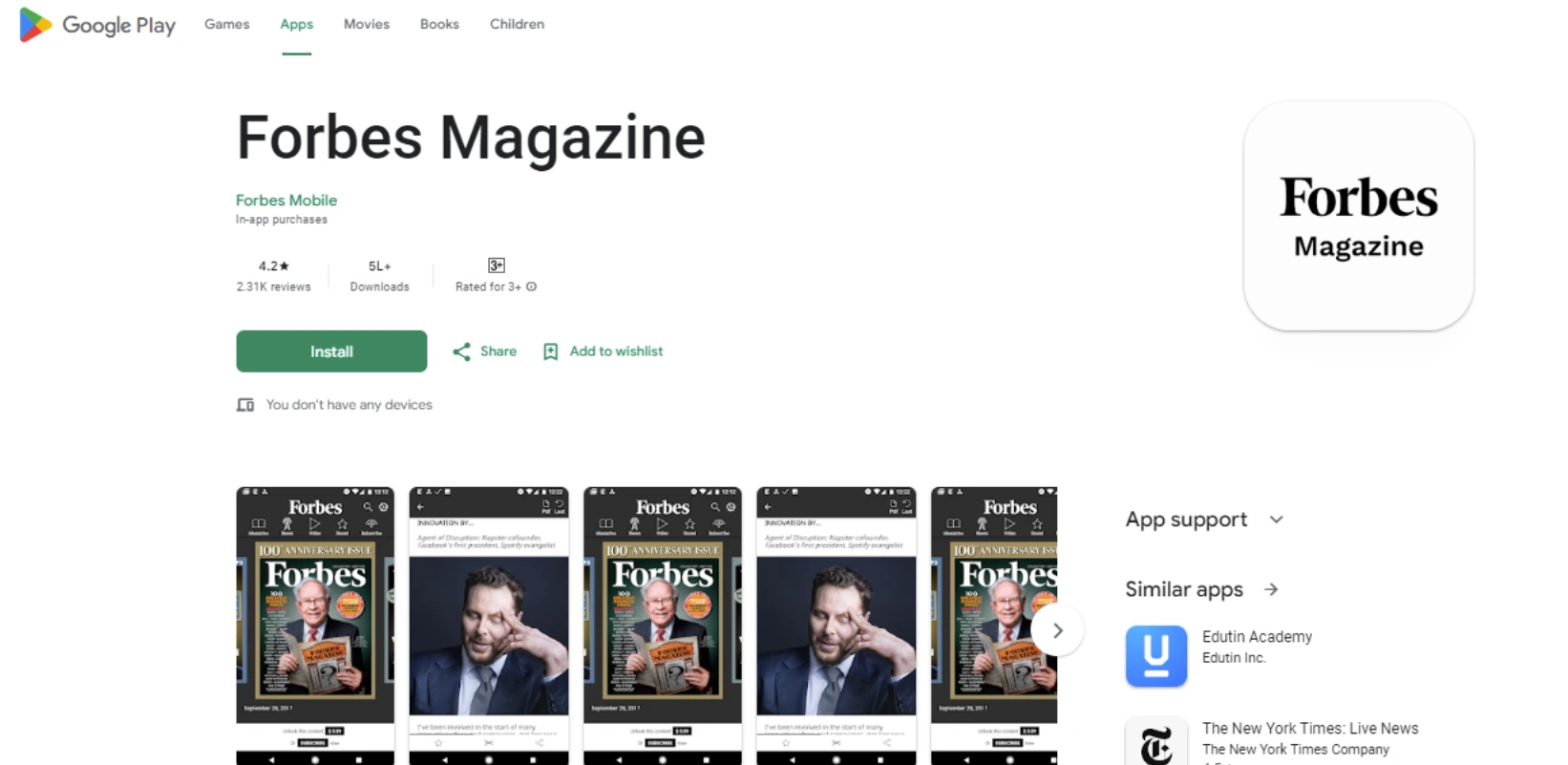
Forbes built a custom CMS on MongoDB within two months and launched a mobile site within a month.
All this was achieved with the help of just one part-time and one full-time developer. Although the team was compact, the results were massive.
The MEAN component helped JAVA developers learn MongoDB's structure, saving time and Cost. Forbes now allows over 1000 bloggers globally to submit articles and uses the CMS platform to publish content.
The traffic of Forbes.com jumped from 5% to 15% and quickly ramped to 50%. Now, Forbes allows high-value articles to be uploaded in minutes, all with the help of MongoDB.
YouTube
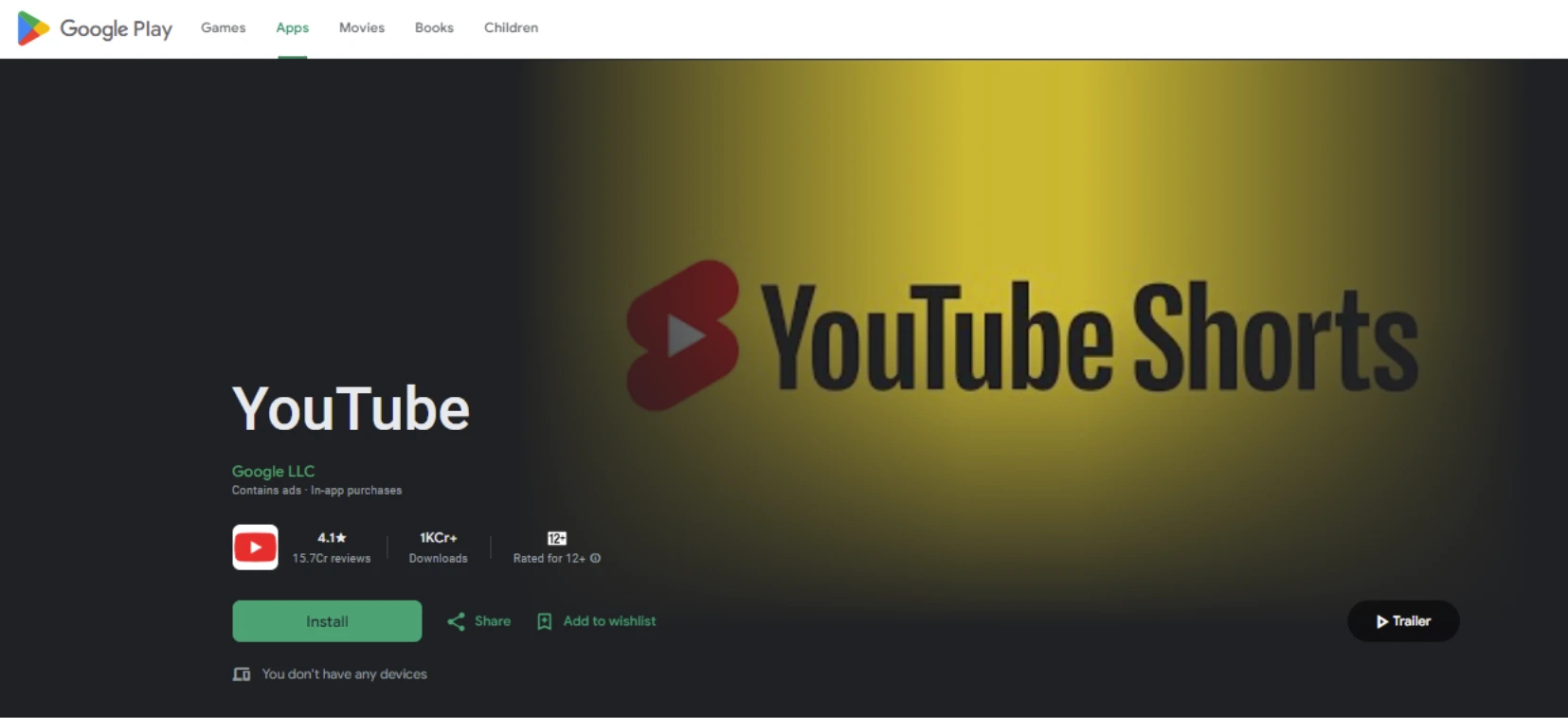
In 2012, YouTube's app was available to be downloaded on PS3. This paved the way for users to remotely control YouTube on PS3 using their smartphones.
YouTube depended on Angular's platform to utilize the HTML data effectively. Angular allowed YouTube developers to apply dynamic codes to execute the user interface.
Angular allowed YouTube videos to stream harmoniously on PS3 while maintaining quality and speed.
Trello
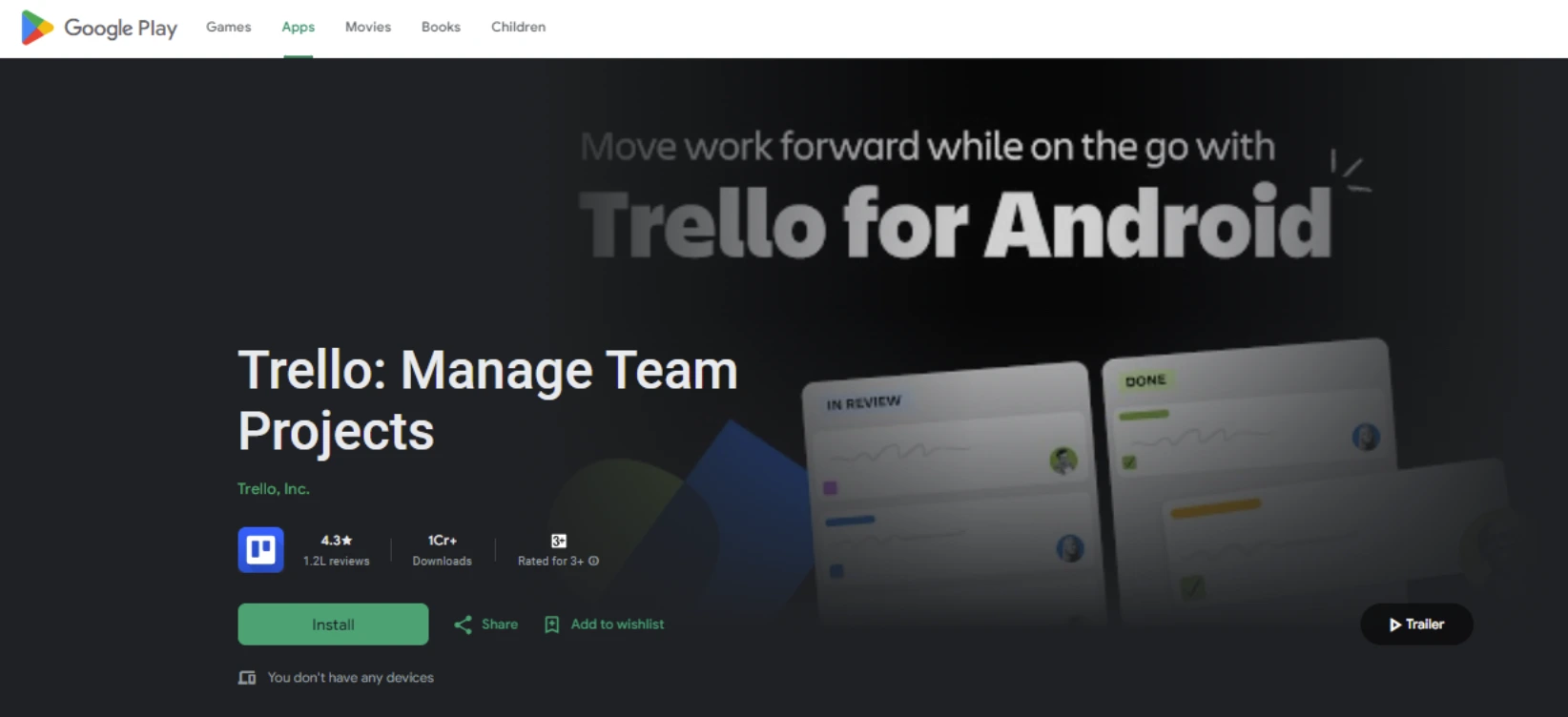
Trello is a task and project-managing web-based platform. It is a Kanban-style project-listing application that acts as a subsidiary of Atlassian.
The server side of Trello is built on Node.js. Trello's team sought event-driven, open connections and non-blocking server solutions.
Apart from assisting with these requirements, Node also turned out to be a tool for prototyping single-page apps.
According to the blog on Trello's website, "Node is great and getting better all of the time as its active developer community churns out new and useful libraries."
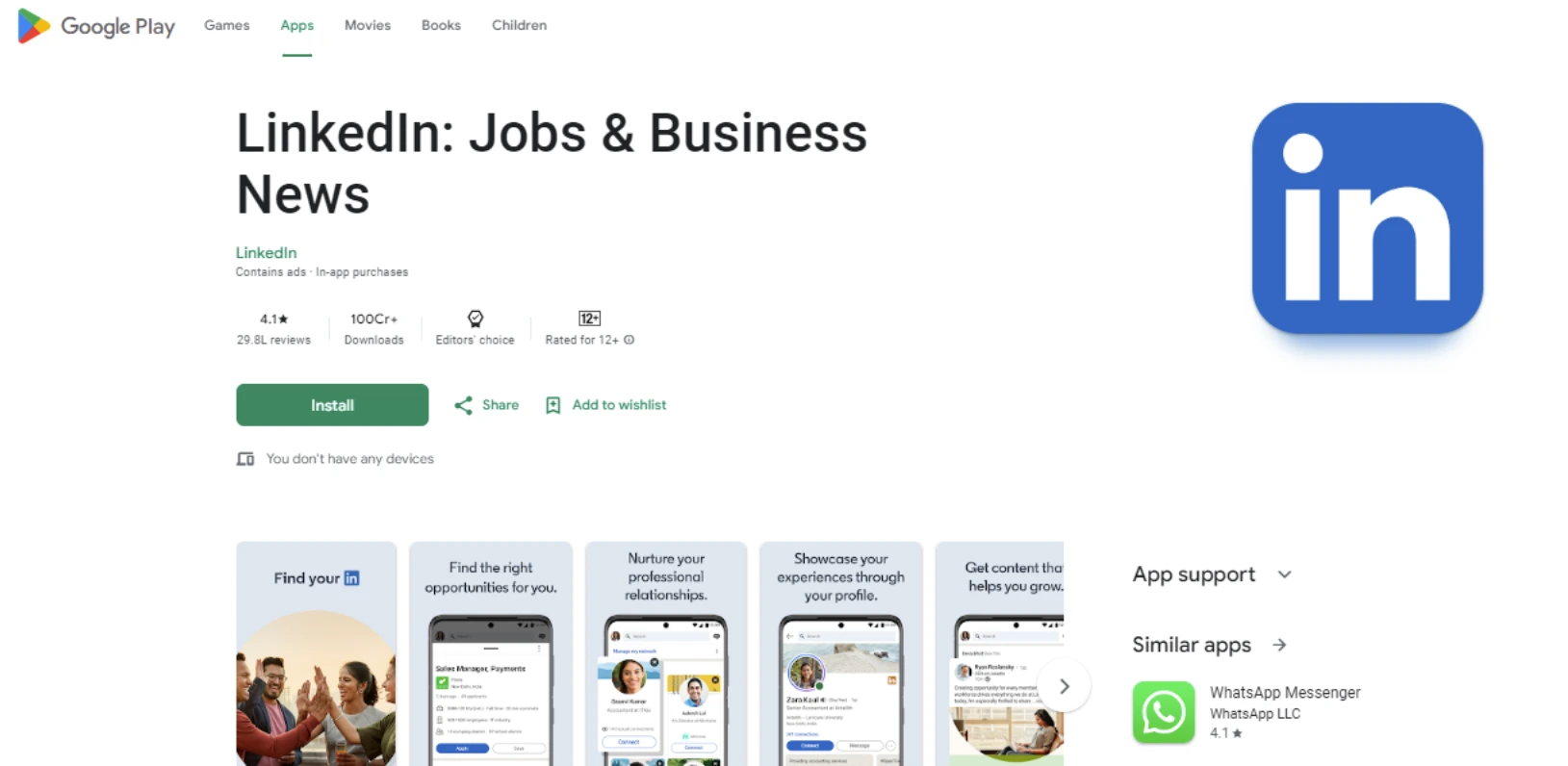
Kiran Prasad, Senior Director of Mobile Engineering at LinkedIn, said, "Along the way, we discovered that Node was roughly 20 times faster than what we had been using, and its memory footprint was smaller. Node.js also offers other benefits beyond the technical aspects. JavaScript is a language lots of people understand and are comfortable coding in. Besides, it didn't hurt that Node was getting much hype at the time—and still is. In some ways, that makes it easier for me to recruit."
LinkedIn was initially built on a Ruby on Rails process-based system. As the company expanded, it required a dynamic approach for a scalable app.
Hence, LinkedIn switched to Node.js and discovered its multiple benefits. The MEAN component helped enhance the web application's performance.
It enabled developers to leverage Java skills to run multiple scenarios faster. Both frontend and backend developing teams merged into one unit, and server usage was cut down.
LinkedIn now has over 760 million users with more than 260 million active users monthly.
Conclusion
MEAN Stack offers a powerful platform for mobile app development using JavaScript all over the whole stack. Although it has many advantages, including speedy development, scalability, and the capability to work in real-time, the developers must know the difficulties and considerations that come with it. Through examining real-world successes, best practices, and other models, this site provides readers with the necessary information to make educated decisions when using MEAN Stack for mobile app development projects.
Building practical mobile applications requires carefully weighing various aspects, such as the project's requirements, team experience, and long-term objectives. Knowing the advantages and disadvantages empowers dedicated MEAN stack app developers to maximize their potential and develop unique mobile experiences that enthrall users across the constantly evolving digital age.







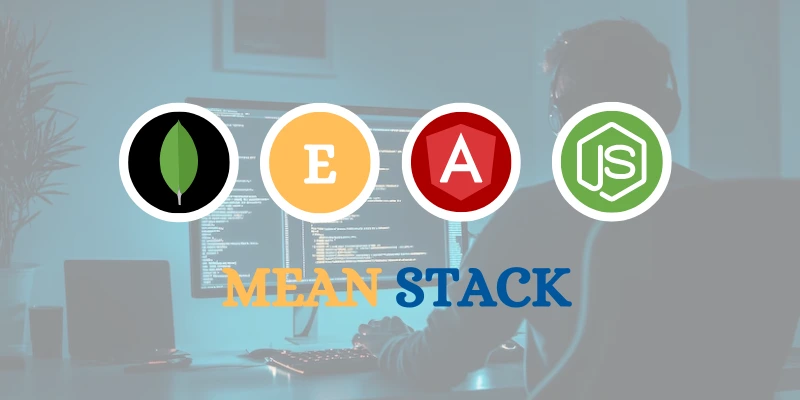


Share this blog